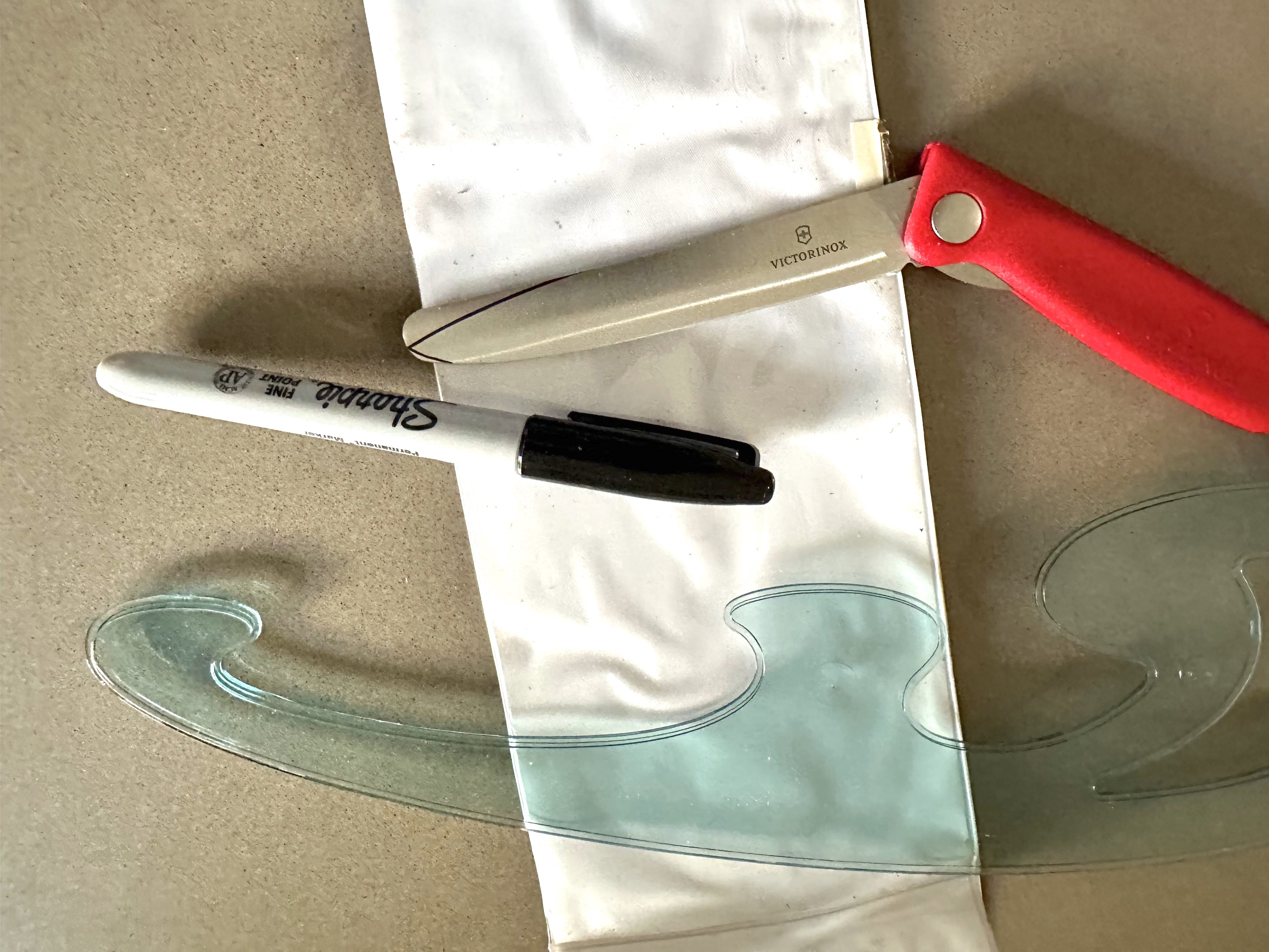Amberjack Ubuntu GPU Machine Install
This is how a new machine, amberjack, was configured.
Machine
The machine was purchased from Mwave. I’ve purchased a few machines from them and always impressed with their service. Here is the configuration
AC16427 MSI B450I GAMING PLUS AC AM4 Mini-ITX Motherboard 1 1 $225.00 $225.00
AB83276 SilverStone Strider Essential ST60F-ES230 600W 80 Plus Power Supply 1 1 $75.00 $75.00
AC19487 Crucial P1 500GB NVMe M.2 PCIe 3D NAND SSD CT500P1SSD8 1 1 $89.00 $89.00
AC23360 Respawn Ninja x MWAVE Gaming Mouse Pad Small - Black 1 1 $1.00 $1.00
AB47402 Mwave Custom PC Assembly and Testing Service 1 1 $199.00 $199.00
AB52361 Advanced Transportation Packing Solution 1 1 $19.99 $19.99
AC26501 Kingston HyperX FURY RGB 32GB (2x 16GB) DDR4 3200MHz Memory 1 1 $209.00 $209.00
AC29726 ASUS GeForce RTX 2060 SUPER Turbo EVO 8GB Video Card 1 1 $649.00 $649.00
AC12989 Seagate ST8000DM004 8TB BarraCuda 3.5" SATA3 Desktop Hard Drive 1 1 $299.00 $299.00
AB64976 Windows 10 Professional 64-bit OEM DVD 1 1 $219.00 $219.00
AB59620 SilverStone Sugo Series SG13 Mini ITX Case - Mesh Front Panel 1 1 $69.00 $69.00
AC24744 AMD Ryzen 5 3600X 6 Core Socket AM4 3.8GHz CPU Processor + Wraith Spire Cooler 1 1 $369.00 $369.00
Total of Invoice Inc GST $2,490.33
Total GST $226.39
Here is the motherboard manual.
Step 1 Update BIOS to enable virtualisation
In the BIOS settings set
Overclocking -> OC Explore Mode -> Expert
Overclocking -> CPU Features -> SVM Mode -> Enable
then boot machine (into Windows 10).
Step 2 Install Ubuntu
- Erase disk and install everything to /dev/nvme0n1. Select LVM.
Step 3 Move /opt /var /home to hard disk
sudo -i
mkdir /srv; mkdir /src/fs
mount /dev/sda1 /srv/fs
rsync -aXP /opt /var /home /srv/fs
cd /
mv opt opt.old
mv var var.old
mv home home.old
Add the mounts to /etc/fstab
# mount the local HD to /home, /var and /opt
/dev/disk/by-uuid/HARD_DISK /srv/fs auto nodev,nofail,x-gvfs-show 0 0
/srv/fs/home /home none bind 0 0
/srv/fs/var /var none bind 0 0
/srv/fs/opt /opt none bind 0 0
and reboot. After it reboots successfully you can
sudo rm -rf /opt.old /home.old /var.old
Step 4 Install cuda
sudo apt update
sudo apt upgrade
sudo apt install openssh-server net-tools rclone
Then follow the Nvidia instructions using the Package Manager method and deb(network) installer type. This doesn’t quite work as you need to do a
sudo apt purge nvidia-*
sudo apt autoremove
sudo ubuntu-drivers autoinstall
before installing cuda
sudo apt install cuda=10.2.89-1
In ~/.profile add
export PATH=/usr/local/cuda/bin${PATH:+:${PATH}}
export LD_LIBRARY_PATH=/usr/local/cuda-10.2/lib64${LD_LIBRARY_PATH:+:${LD_LIBRARY_PATH}}
Step 5 Install anaconda/pytorch
Install anaconda
wget https://repo.anaconda.com/archive/Anaconda3-2020.07-Linux-x86_64.sh
sh Anaconda3-2020.07-Linux-x86_64.sh
conda install pytorch torchvision cudatoolkit=10.2 -c pytorch
Seems to work
(base) cruxml@amberjack:~$ cat /proc/driver/nvidia/version
NVRM version: NVIDIA UNIX x86_64 Kernel Module 450.51.06 Sun Jul 19 20:02:54 UTC 2020
GCC version: gcc version 7.5.0 (Ubuntu 7.5.0-3ubuntu1~18.04)
(base) cruxml@amberjack:~$ python
Python 3.8.3 (default, Jul 2 2020, 16:21:59)
[GCC 7.3.0] :: Anaconda, Inc. on linux
Type "help", "copyright", "credits" or "license" for more information.
>>> import torch
>>> torch.cuda.current_device()
0
>>> torch.cuda.device(0)
<torch.cuda.device object at 0x7fa9a5fab310>
>>> torch.cuda.get_device_name(0)
'GeForce RTX 2060 SUPER'
>>>
Step 6 Install docker
sudo apt update
sudo apt install docker.io
sudo systemctl start docker
sudo systemctl enable docker
sudo usermod -aG docker cruxml
You need to log out and log in again for the group change to work.
Step 7 Install other stuff
sudo apt install hddtemp lm-sensors nvme-cli
sudo sensors-detect --auto # unfortunately didn't find anything!
sudo add-apt-repository universe
sudo apt update
sudo apt install exfat-fuse exfat-utils
Step 8 Vivado
Installed Vitis
sudo sh Xilinx_Unified_2019.2_1106_2127_Lin64.bin
# installed to /opt instead of /tools
The following did not work:
sudo apt install ./xrt_201920.2.3.1301_18.04-xrt.deb
So I installed XRT from the instructions https://xilinx.github.io/XRT/master/html/build.html.
Following https://www.hackster.io/AlbertaBeef/vitis-ai-1-1-flow-for-avnet-vitis-platforms-part-1-007b0e:
HOME=$HOME
export VITIS_AI_HOME=$HOME/src/xilinx/Vitis-AI
export SDX_PLATFORM=$HOME/src/xilinx/ULTRA96V2/ULTRA96V2.xpfm
export TRD_HOME=$VITIS_AI_HOME/DPU-TRD-ULTRA96V2
cd /opt/Xilinx/Vitis/2019.2
source settings64.sh
cd /opt/xilinx/xrt
source setup.sh
cd $TRD_HOME/prj/Vitis
# make KERNEL=DPU DEVICE=ULTRA96V2
Step 9 Install Balena Etcher
Follow instructions at https://www.balena.io/etcher/
Step XX (Decided against running ubuntu under windows 10)
How to set up Ubuntu 18.04 under Hyper-V
- Right click on the Windows button and select ‘Apps and Features’.
- Select Programs and Features on the right under related settings.
- Select Turn Windows Features on or off.
- Select Hyper-V and click OK.
I then mounted my home samba shared disk:
- In File explorer, right click on the PC -> Add a Network Location -> \machinename\back1
Then install Ubuntu.
- In Hyper-V manager (Quick create).
- I wanted the virtual hard disk to be on the
E:drive. Edit the settings of the VM and edit the Virtual Hard Disk” to convert the image fromC:\Users\Public\Public Documents\Hyper-V\Virtual Hard DiskstoE:\srv\amberjack\hyperv\ubuntu-hd1.
Don’t upgrade to 20.04!
Update
- 9/4/2021 Bluetooth stopped working and I couldn’t turn it on any more. Fixed with:
$ sudo rmmod btusb $ sudo modprobe btusb



